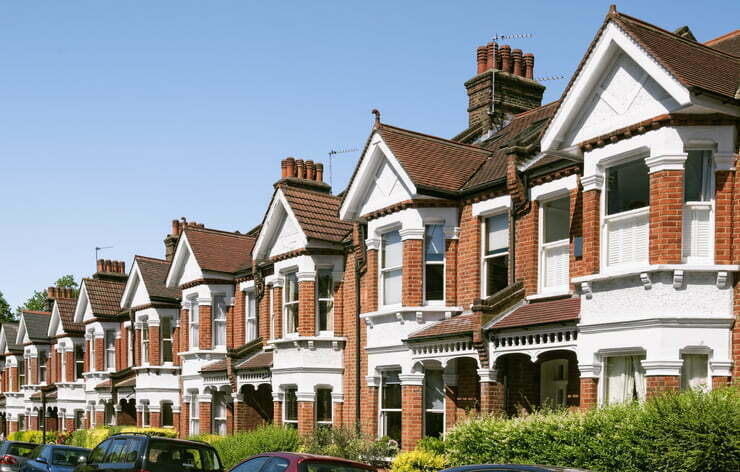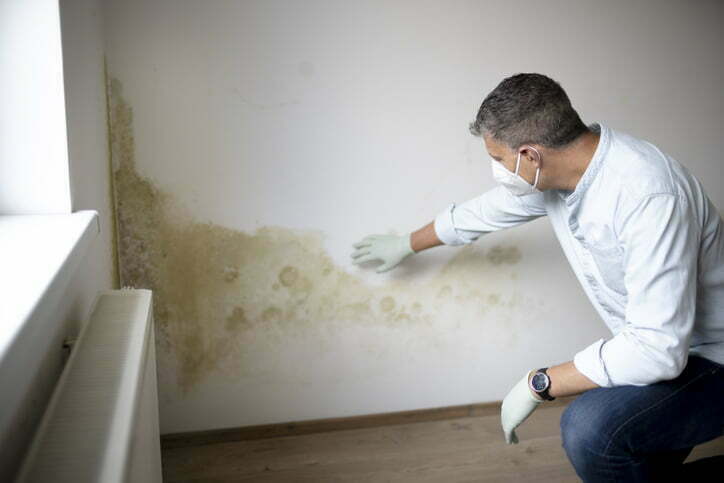Tapco HomeDry Dry Rot Treatment Dorset
We are long term members of Trust Mark and a member of the BWA. CHAS accredited contractor. In addition, all of our surveyors are trained to the high standards of the PCA (Property Care Association).



Dry Rot Specialist In Dorset
Dry rot is a serious problem that can affect any home, but it is especially common in older properties. If you suspect that you have dry rot, it is important to get it treated as quickly as possible by a professional. Tapco HomeDry are experts in treating this problem, and we can help you to stop dry rot in its tracks and restore your home to its former condition.
Dry rot is caused by a fungus that thrives in moist conditions. It can attack any type of wood, but is especially common in softwoods such as pine. The fungus breaks down the wood, causing it to become crumbly and powdery. Dry rot can spread quickly, and if left untreated it can cause serious structural damage.
What is dry rot?
Dry rot is a type of fungal decay that affects wood. It is caused by a number of different fungi, but the most common is Serpula lacrymans. Dry rot can occur in any type of wood, but it is most commonly found in softwoods. The spores are able to penetrate the wood where they feed on the fibres, leaving it brittle and crumbling. The spores then fruit and spread, and this process can happen very quickly.
Dry rot usually starts when the spores come into contact with a damp or wet surface. This could be from a leaking pipe, roof, or gutter. Once the spores have taken hold, they will start to break down the wood and spread.
Dry rot in Dorset explained
Dry rot can impact any type of home, but it is more common in older homes with timber structures. As Dorset is home to many older properties, dry rot is prevalent in the region. If you think you may have dry rot, it is important to get it checked out as soon as possible. Dry rot can cause serious damage to your property if left untreated.
At Tapco HomeDry, we are experts in treating dry rot. We start with a comprehensive survey so that you can understand the scale of the issue. We then create a full written report that enables you to make an informed decision about the next steps. We can then carry out work to stop the dry rot from progressing, fix any damage caused by the dry rot, and then put measures in place to prevent dry rot from returning.

What can Dorset homeowners do about dry rot?
Dry rot treatment depends on the severity of the problem. In some cases, simply removing the source of dampness may be enough. More severe cases may require the use of fungicides. The best way to deal with dry rot, however, is to prevent it from happening in the first place.
Homeowners can do a few things to help prevent dry rot:
- Make sure there is proper ventilation in all rooms.
- Use fans or dehumidifiers to help reduce moisture in the air.
- Repair any leaks in the roof or around windows and doors.
- Keep gutters clean and free of debris so they can properly drain water away from the house.
What does dry rot look like?
Dry rot is often hard to spot because it occurs in parts of your home you may not see very often. However, if you look closely, you might notice the following issues in your property:
- Cracks in the paintwork or wallpaper
- Flaking or blistering paintwork
- Damp patches on walls or ceilings
- Musty or mouldy smells
- Fungal growths on wood or other surfaces
If you notice any of these telltale signs, it is important to take action quickly. Dry rot can spread very fast, and the sooner it is treated, the less damage it will cause.


 Damp Proofing
Damp Proofing Basement Damp Proofing
Basement Damp Proofing Water Damage
Water Damage Condensation Control
Condensation Control Dry Rot Treatment
Dry Rot Treatment WOODWORM & WET ROT
WOODWORM & WET ROT CAVITY Wall Ties
CAVITY Wall Ties Property Maintenance
Property Maintenance Waterproofing And Tanking
Waterproofing And Tanking Structural Repairs
Structural Repairs
